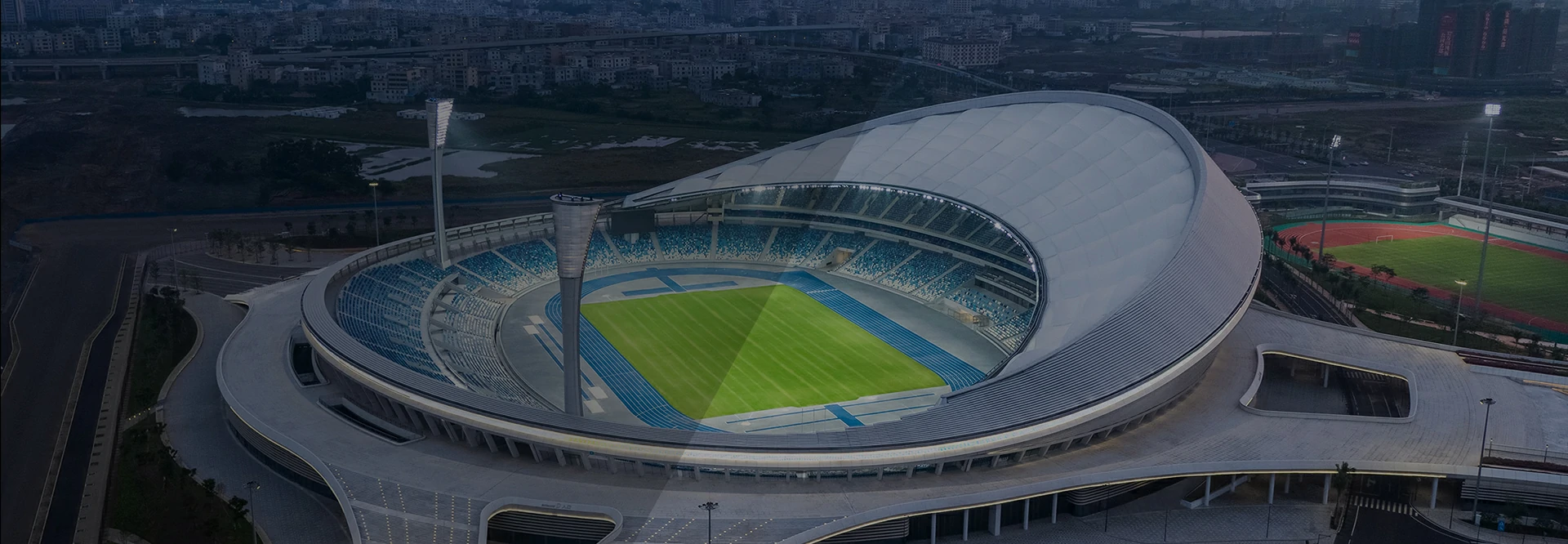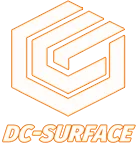
سبتمبر 18, 2025
As global fitness trends surge—driven by initiatives like China’s “Healthy China 2030” and Europe’s “European Sports Strategy 2030”—demand for high-performance, safe, and sustainable sports surfaces has never been higher. Traditional cast-in-place rubber tracks, once dominant, now face competition from prefabricated running tracks—a factory-manufactured, modular solution redefining international standards for athletic infrastructure. This article explores what prefabricated tracks are, their technical specifications, global advantages, and why they’re becoming the go-to choice for international sports facilities.
A prefabricated running track is a pre-engineered, modular surface system manufactured in controlled factory environments, then transported to the site for rapid assembly. Unlike traditional cast-in-place tracks—where materials are mixed, poured, and cured on-site—prefabricated tracks are produced as pre-formed rolls or panels, with layers (e.g., elastic, wear-resistant) precision-engineered off-site.
This shift from “on-site construction” to “industrial manufacturing” aligns with global trends in infrastructure efficiency. For example, in Germany and the Netherlands, prefabricated tracks now account for over 60% of new school and community sports projects, driven by strict quality control and sustainability mandates.
Prefabricated tracks derive their durability and safety from scientifically engineered layers, each designed to meet rigorous international performance criteria (e.g., IAAF, EN 14877, ASTM F2479). Let’s break down the core components:
The top layer is critical for grip, UV resistance, and long-term durability. Internationally, it is typically made of:
Global Standard: IAAF requires surface layers to have a friction coefficient ≥0.6 (dry) and ≤0.8 (wet) to prevent slips. Top-tier prefabricated tracks exceed this, with textured finishes (e.g., micro-grooves) enhancing traction under wet conditions.
The middle layer absorbs impact forces, reducing stress on joints—a key requirement for youth sports and elite training. Made from:
Global Standard: IAAF specifies a minimum energy return of 25% for the elastic layer. Prefabricated tracks often achieve 30–40% (vs. 20–28% for traditional cast-in-place), significantly lowering injury risk.
The foundation ensures structural integrity and load distribution. It typically combines:
Global Standard: The combined system must withstand heavy loads (e.g., 10-ton vehicle traffic for temporary events) without deformation, per ASTM F2479.
Compared to traditional cast-in-place tracks, prefabricated systems dominate in four areas aligned with international priorities:
| Metric | Prefabricated Track | Traditional Cast-in-Place Track |
|---|---|---|
| Construction Time | 7–15 days (factory production) + 3–5 days (on-site assembly); total ≤20 days. | 30–45 days (mixing, pouring, curing). |
| Quality Consistency | Factory-controlled (thickness tolerance: ≤1 mm; density: ±2%). | On-site variability (thickness errors up to 5 mm; material segregation common). |
| Environmental Compliance | Near-zero VOC emissions (≤5 g/L, EN 14877); REACH/US EPA compliant. | High VOCs (10–30 g/L typical); regulated under EU/US environmental laws. |
| Lifecycle Cost | 10–15-year lifespan; minimal repairs (5-year warranty standard). | 5–8-year lifespan; frequent patching (30–50% higher maintenance costs). |
Prefabricated tracks are favored worldwide for their adaptability to diverse needs:
With global market growth (projected CAGR of 7.2% through 2030, per Grand View Research), avoiding substandard products requires verifying compliance with international certifications:
From Tokyo’s Olympic training grounds to New York’s community parks, prefabricated running tracks are setting a new global benchmark for quality, safety, and sustainability. By combining industrial precision with performance-driven design, they align with international demands for efficiency, health, and environmental stewardship.
Whether planning a school, stadium, or fitness facility, choosing a prefabricated track isn’t just an investment in infrastructure—it’s a commitment to meeting the world’s highest standards for athletic excellence.
(Sources: IAAF Competition Rules 2024, EN 14877:2019, ASTM F2479-17, Grand View Research “Synthetic Sports Surfaces Market Report 2023.”)
Share: https://www.dc-surface.com/product/prefabricated-running-track-3/

 تليفون+86 1375 1210 938
تليفون+86 1375 1210 938 واتساب:+86 1375 1210 938
واتساب:+86 1375 1210 938 برقية+86 1375 1210 938
برقية+86 1375 1210 938 البريد الإلكتروني ceo@dc-surface.com
البريد الإلكتروني ceo@dc-surface.com إضافة:رقم:332 مدينة دالانج بلدة دونجوان مدينة دونجوان الصين 523000
إضافة:رقم:332 مدينة دالانج بلدة دونجوان مدينة دونجوان الصين 523000